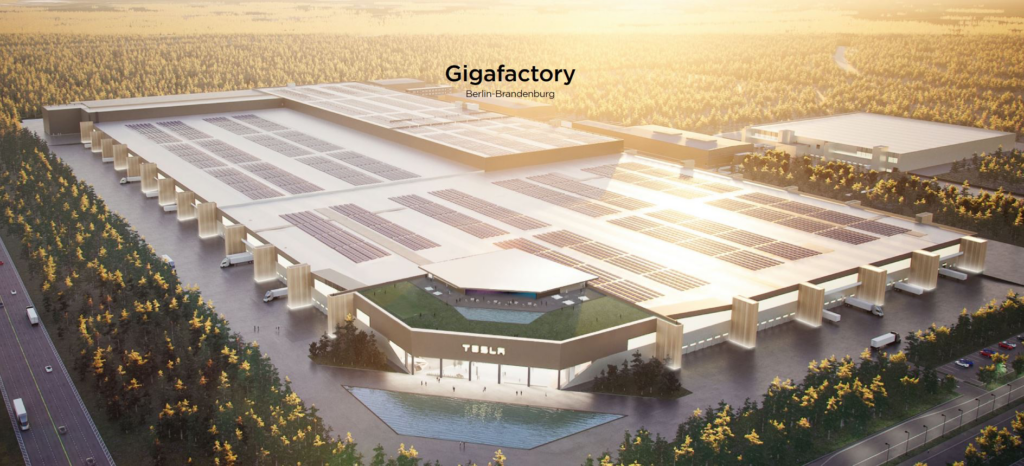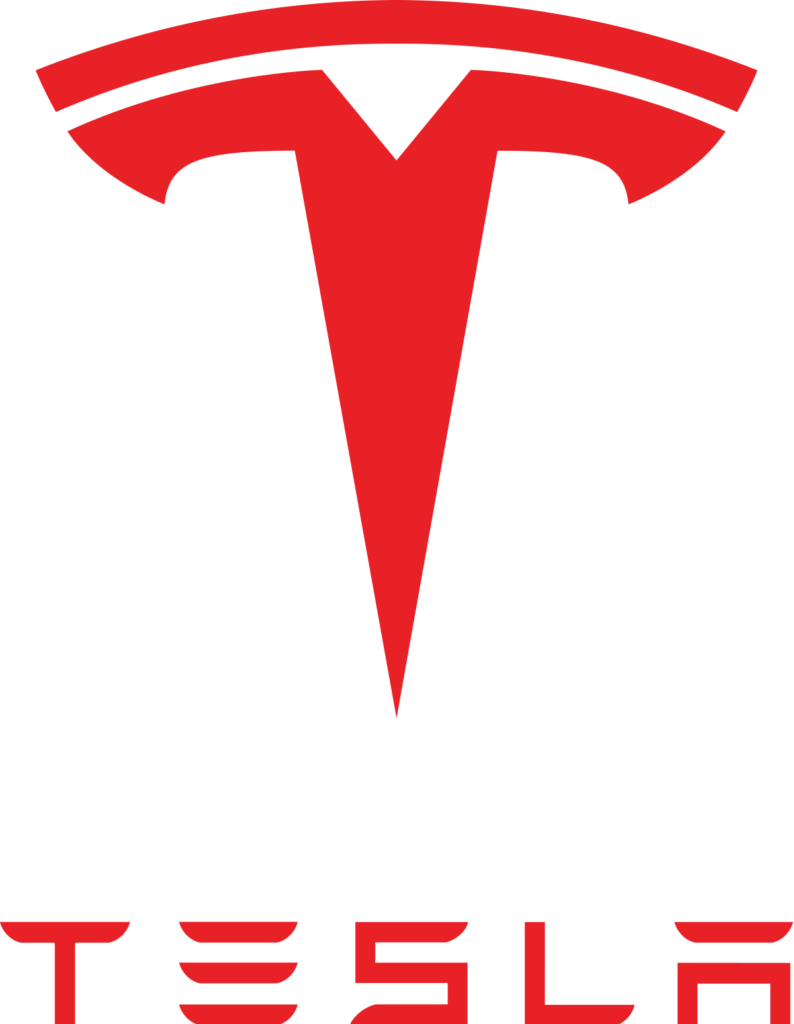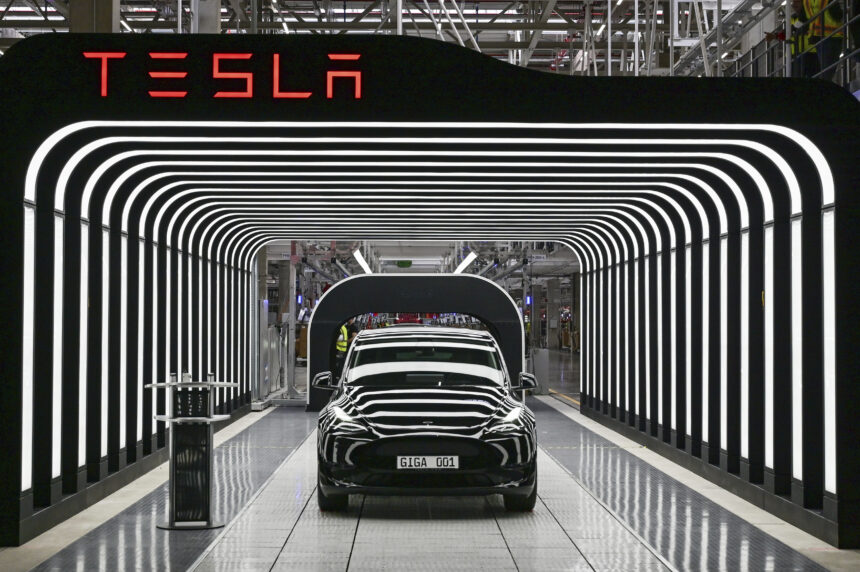EV Leader’s Factory Cannot Quite Start Up
What’s Happening & Why This Matters
Picture this: Tesla’s Berlin Gigafactory, a futuristic powerhouse designed to churn out electric vehicles (EVs) like hotcakes, suddenly hits a snag. Not due to a shortage of innovative ideas or a lack of demand, but something more fundamental—electricity. Yes, you heard it right. The factory found itself in a bit of a pickle, or rather, in the dark, following a rather dramatic “lights-out” scenario. The culprit? An audacious arson attack on nearby power infrastructure. This incident didn’t just flick the off switch on Tesla’s operations but also sparked a critical conversation on security, sustainability, and the intersection of progress and protest.
Powering Down: A Closer Look
At the heart of the story is an act that feels ripped from a movie script. Saboteurs targeted a high-voltage pylon, essential for powering the sprawling Tesla facility. The fallout was immediate and stark: production lines halted, workers sent home, and neighboring communities left without power. The Interior Minister didn’t mince words, labeling it a “perfidious attack” with far-reaching consequences. But this isn’t just about a temporary blackout; it’s a glaring spotlight on the vulnerabilities in our infrastructure and the tensions surrounding industrial expansion.

Controversy and Conservation
Adding layers to the plot, Tesla’s ambitions to ramp up production have been met with resistance, particularly from environmental activists worried about the factory’s ecological footprint. The proposed expansion, which involves clearing a sizeable chunk of forest, has drawn protestors and tree-huggers alike, setting the stage for a classic showdown between technological advancement and environmental conservation. It’s a narrative filled with intrigue, highlighting the complex dance between pushing the envelope and protecting our planet.
t/f Summary: What’s Next
As Tesla scrambles to restore power and kickstart its assembly lines, the incident at the Berlin Gigafactory serves as a potent reminder of the challenges at the intersection of innovation and infrastructure. Looking ahead, it’s clear that a delicate balance must be struck. On one hand, securing critical facilities against sabotage is paramount; on the other, engaging with community concerns and environmental considerations is non-negotiable. As we navigate this tightrope, the hope is for a future where progress and preservation aren’t at odds but in harmony. After all, what’s an electric car factory without electricity, but a reminder that our greatest achievements are still tethered to the grid—and to each other?



